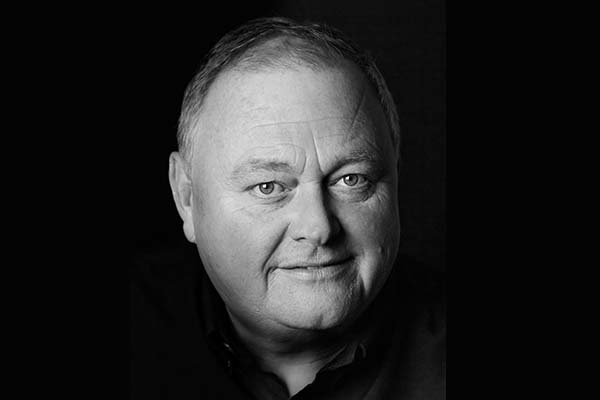Michael Jackson, global speaker and facilitator, explains how eventprofs can make keynotes more engaging.
I’ve spent over seven and a half years in darkened venues, watching, studying, and learning about conferencing and events, all while waiting for my turn to appear on stage as an external presenter.
I’ve come to understand that some simple, inexpensive changes to how speakers are utlised can significantly affect their outcomes.
I learned about ‘delegate fatigue’ early on from witnessing every type of event, including the occasionally good yet often bad conference. Watching audiences fill the back rows first as they prepare to endure otherwise well-qualified business executives fumble their way through ‘death by PowerPoint’ sessions.
Speaker presentations would often be riddled with charts or graphs that were too poor to be seen or understood. I’ve watched too many business presenters ‘die’ on stage, going dry-mouthed, sweating or even reading from notes. Usually competent executives often turn into jelly or freeze on stage, even when presenting the subject material at which they are experts in their corporate lives.
This strange phenomenon gave rise to the business of having ‘professional speakers’ on the agenda, who were usually booked for ‘the graveyard slot’ immediately following lunch, hoping to reengage the audience.
As a former business strategist focused on communicating change and a natural presenter, I slotted into this role enthusiastically at first, quickly building a solid speaking career. Yet something was regularly missing from the events I attended.
It occurred to me that every speaker on the agenda needed to deliver a better presentation, and I felt I could assist in that regard. In my previous career, every business client who’d ever briefed me on a company business strategy had done so confidently – over coffee, in meetings and even in airport lounges.
Speaker strategy
With this in mind, I set about to alter the framework of conferences and events to allow for a more comfortable conference mindset.
I felt it had to start with the layout of the stage. The typical bare stage, podium, and several bar stools for a panel discussion had to go. Replaced with a more relaxed, airport lounge-style look and feel, less comfortable presenters could sit and be interviewed in a conversational style by a professional facilitator on their content. That would also mean the podium could be dispensed with permanently for the not-so-natural, thereby abolishing any prospect of their reading of ‘notes’.
Keynotes needed to be abbreviated from the previous 45-minutes to something more attention-span palatable for the modern era. Audience Q&A sessions could also be incorporated using the new format and handled by the facilitator, thereby putting presenters at ease and allowing the ‘voices in the room’ to be included and heard, allowing speakers an opportunity to interact as they would at work.
Time spent developing business presentations also had to be addressed, as did the amount of dedicated rehearsal and preparation. Every executive I’ve worked with in advance has been able to deliver a better presentation due to just a little more time spent on it.
The outcome of these changes? I’ve now become known as an on-stage facilitator as well as a presenter, and I’m enjoying more of the conference days I attend. So are my fellow presenters. None of us has solved the issue of audiences filling up from the back rows first, but I’m still working on it.




















